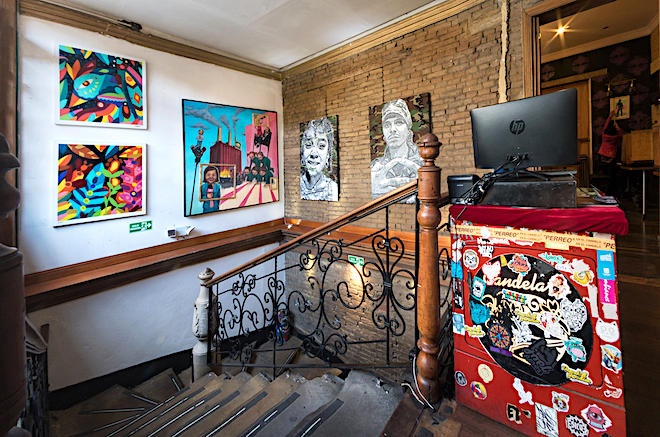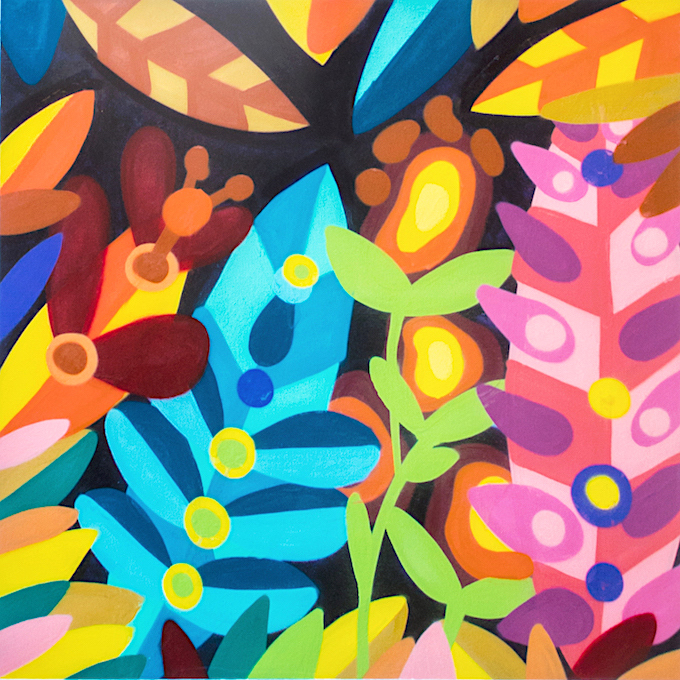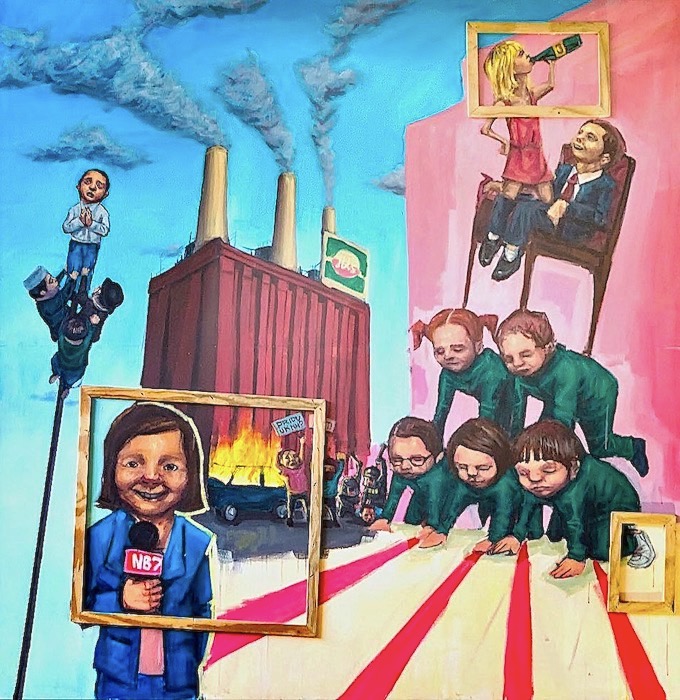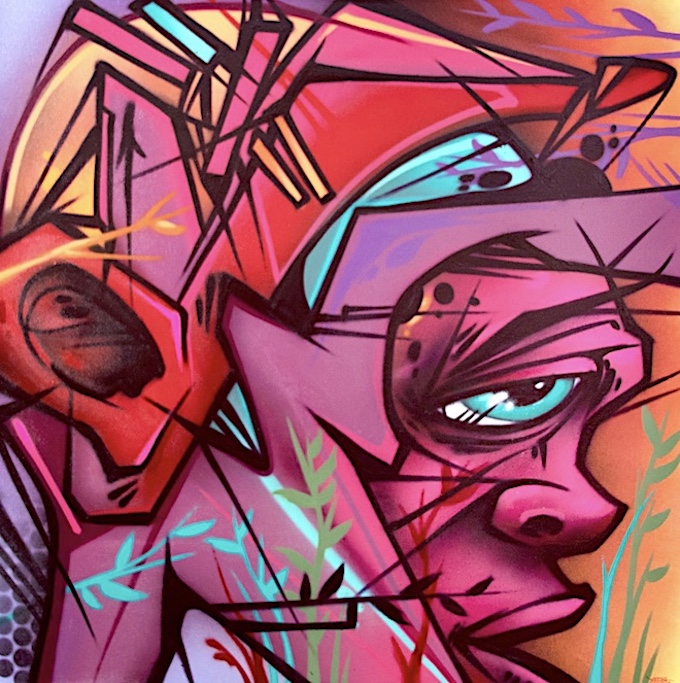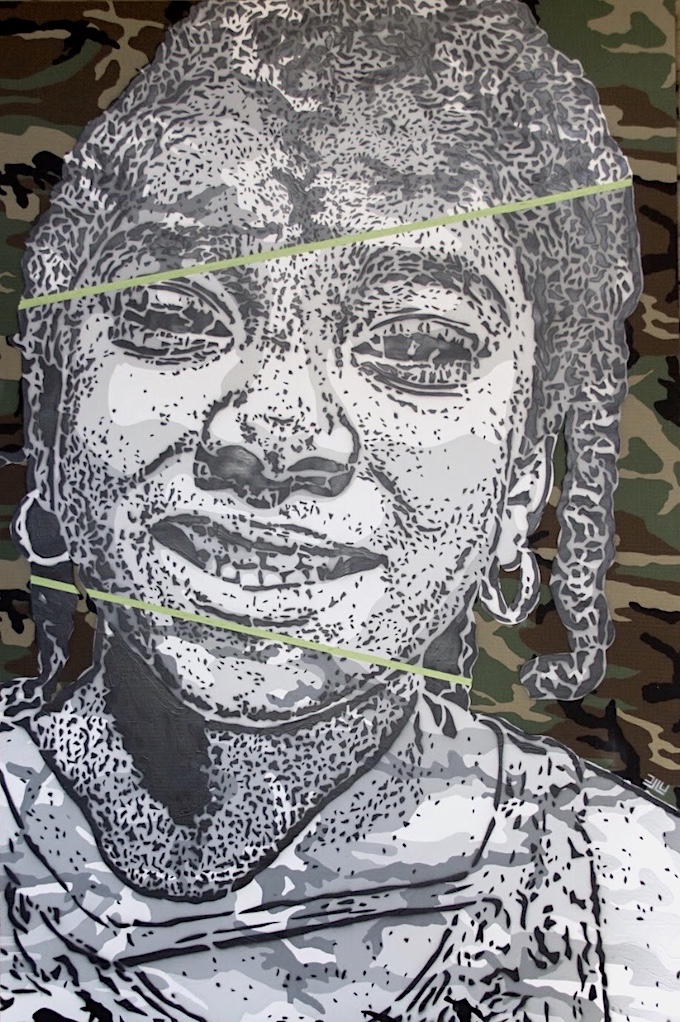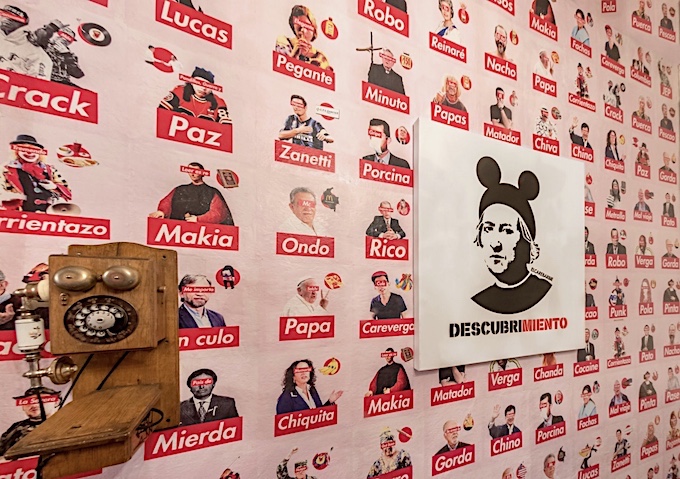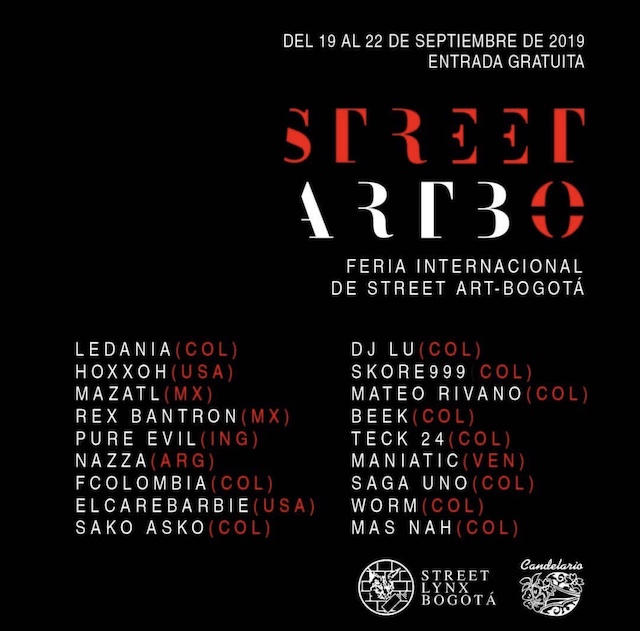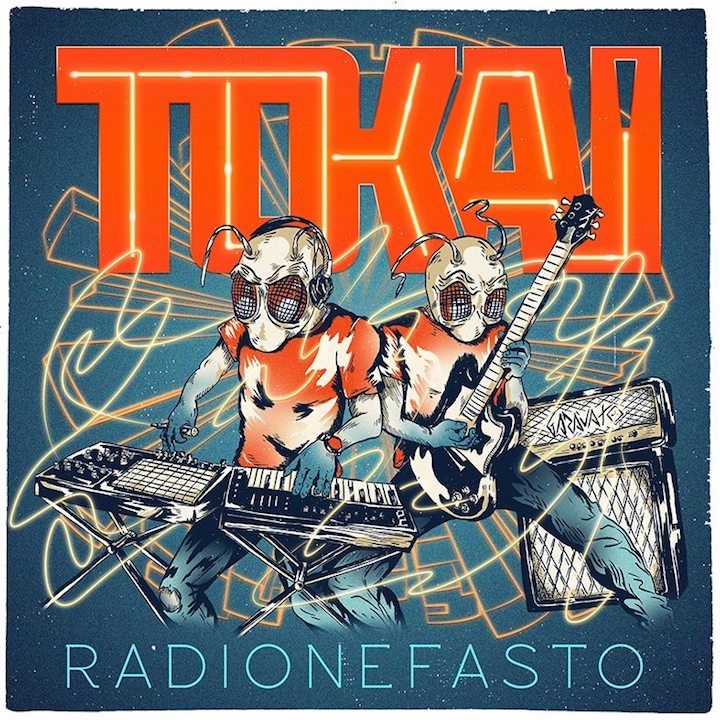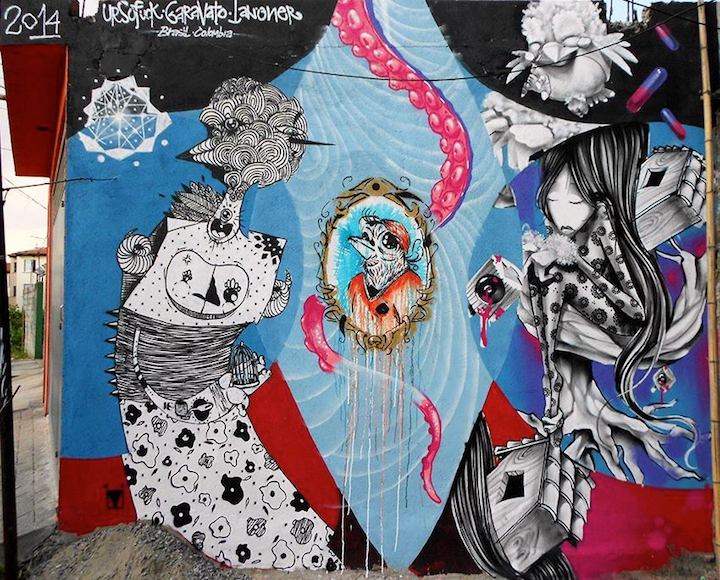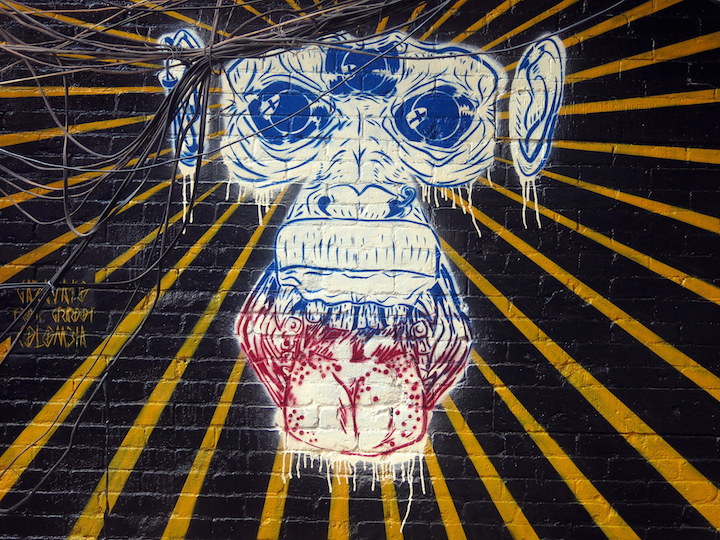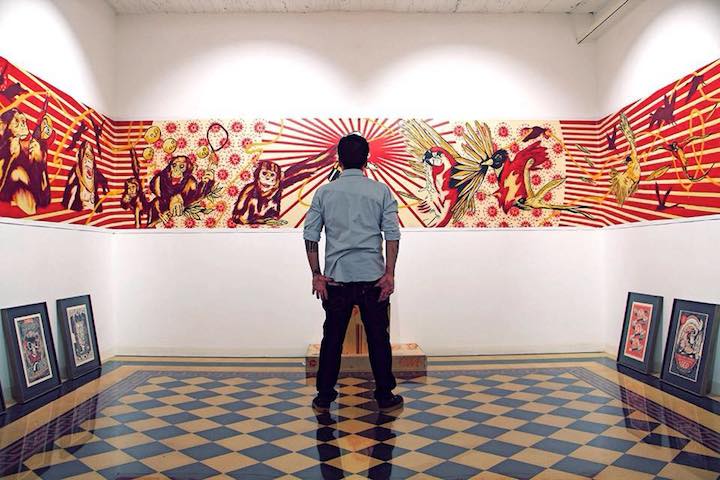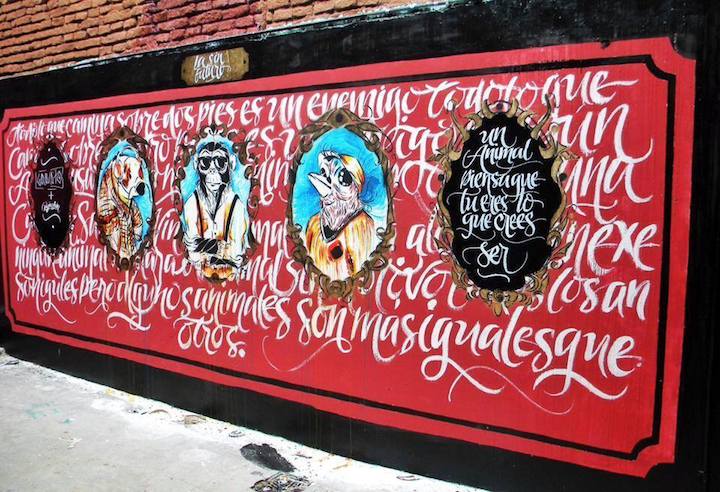Currently based in Bogota, Colombia, the Australian artist CRISP continues to bring his vision to a range of spaces throughout the globe. We met up with him on his recent visit to NYC.
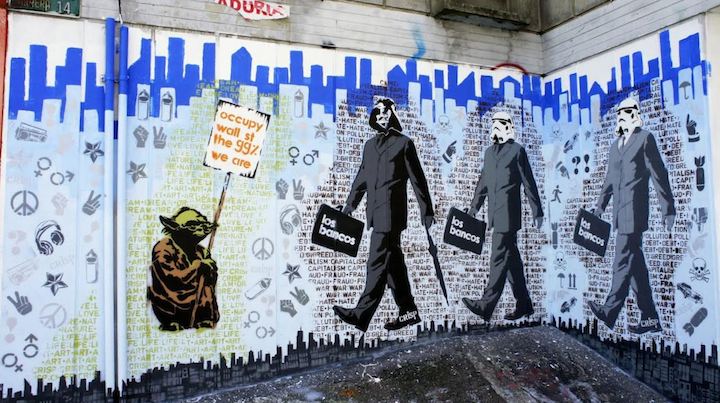
When did you first start painting on public surfaces? And where?
I’m a late bloomer, as back in Australia and during my time in the UK, I was mostly into sculpting and drawing. But when I moved to Bogota, I became very interested in getting my art out in the street. That was over five years ago now, and I never looked back.
Were there any particular folks who inspired you?
Definitely the Canadian graffiti writer Opek — who was living in Bogota at the time — as he encouraged me to get my art up in the street. Dj Lu / Juegasiempre was an important influence, great support and my favorite stencil artist. Also the local work of Toxicómano , Guache, Kochino, Senil, Vogel, Praxis and others certainly inspired me.
Do you have any preferred surfaces?
The great thing about the urban space is that it’s filled with different textures and surfaces. In terms of my stencils, though, I generally like flat concrete ones, as they’re easier to work with and brighten up an otherwise dull, grey corner of the city.
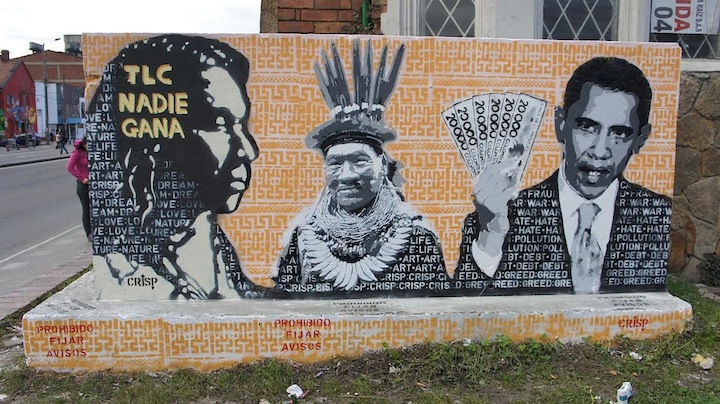
Any thoughts on the graffiti/ street art divide?
To me they are one and the same. I try not to get into the politics. Live and let live I say. It’s all expression, creativity and passion.
Have you any thoughts about the corporate world’s engagement with graffiti and street art?
I’ve never liked how corporations have always been able to impose their images on our urban environment while graffiti and street art are almost always deemed illegal. Public spaces are for everybody, not just for companies that want to make sales and money. I feel uneasy how private corporations now use urban art to sell their brand, but I also understand that artists need to earn a living!
How you feel about the role of the Internet in this scene?
It’s changed everything. So much more artwork is accessible to so many. It’s not just the people in a particular neighborhood or city who can enjoy the pieces now. It also helps bring awareness to a wider audience of street artists from countries that are less visited or unknown. Bogota has one of the most prolific and best urban art scenes in the world, but not many people know about it or visit.
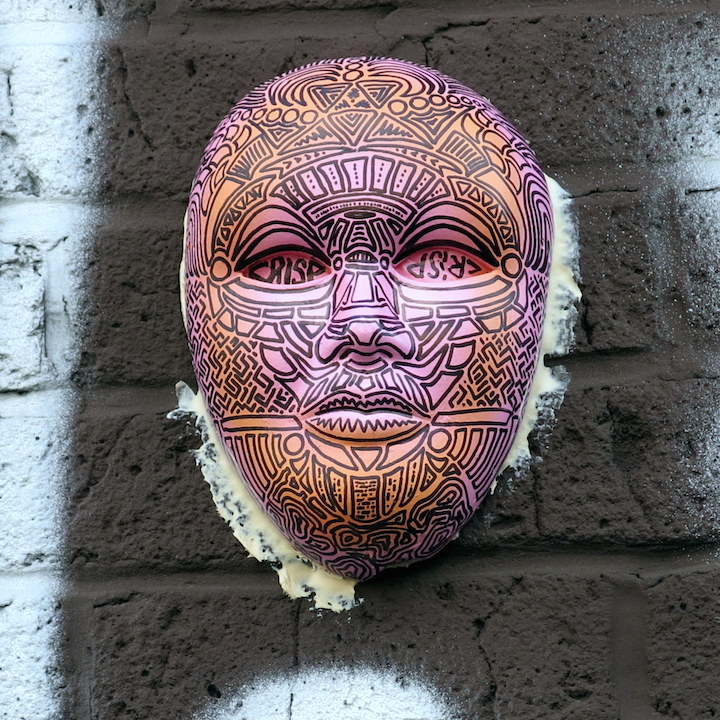
Do you have a formal arts education?
Not in the formal institutionalized sense, but both my parents are artists, and I grew up around art all my life. My dad is a sculptor, and my mom is a traditional painter. They taught me a lot from a very young age.
How do they feel about what you are doing these days?
They love it. I’ve even turned my mom on to street art! When she came to Bogota, she painted some walls with me!
What’s the riskiest thing you’ve done?
Well, I did get stabbed in the hand during a robbery this year while photographing street art in a dodgy neighborhood in Bogota. I was stupidly doing the wrong thing in the wrong place, and I learnt the hard way! I had to paint with my left hand for a few months while my right hand healed.
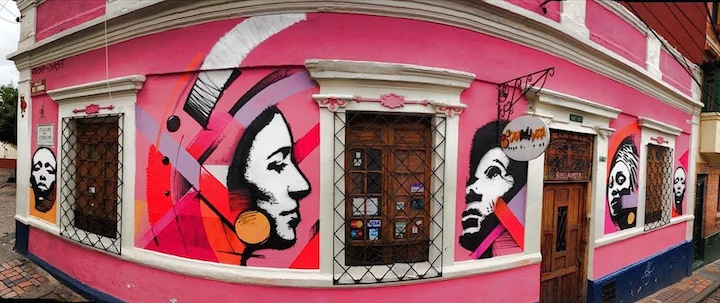
What inspires you these days to keep getting your art up in public spaces?
I love the idea of sharing my work with a wider audience without the limitations galleries and internal private spaces impose. And I love it when folks discover my work by chance and enjoy it! I want to be a part of a city’s visual landscape – the one I live in and the ones I visit.
What’s your ideal working environment?
Working in areas of cities where my street art will impact passersby by adding something to their commute, walk or day. Every city and street has its own unique aesthetic and feel.
Has your aesthetic been influenced by any particular cultures?
I’m especially influenced by Asian cultures and by different tribal aesthetics from around the world. Also popular culture, current world events and the environment influence my work. My work is a mix of socio-political and solely visual expression.
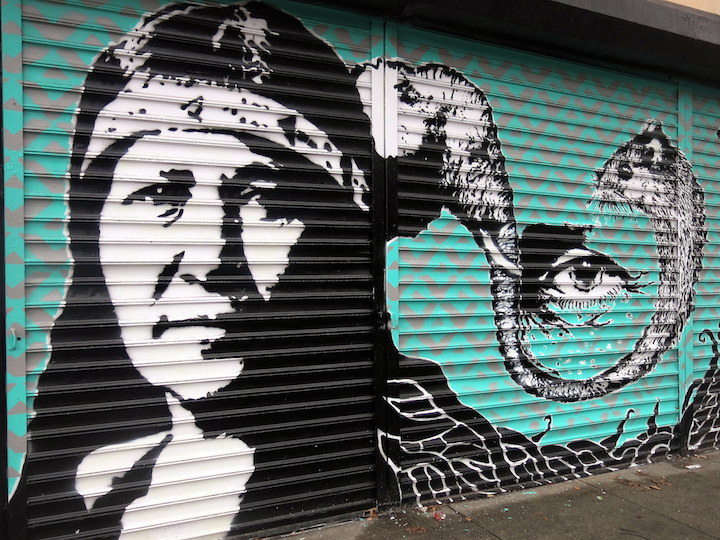
How has your work evolved in the past few years?
I work on larger surfaces, and I’m experimenting more with different materials and subject matters. I’m doing more complex stencils and experimenting with mixing free style with stencils. Also, I’ve started doing more sculptural works in the street through my masks.
Would you rather work alone, or do you prefer to collaborate with others?
Both. It’s always fun to collaborate with other artists, as it can add something new to all our pieces. Among the artists I’ve collaborated with are: Ronzo, Pez, DjLu, Dast, Tarboxx2, Miko and Kochino.
Where else – besides Bogota and NYC – have you gotten up?
I’ve gotten up in London, Mexico City, Miami, Atlanta, Sydney, Alaska, Canada and the Dominican Republic. May favorite place by far, though, is Bogota, Colombia!
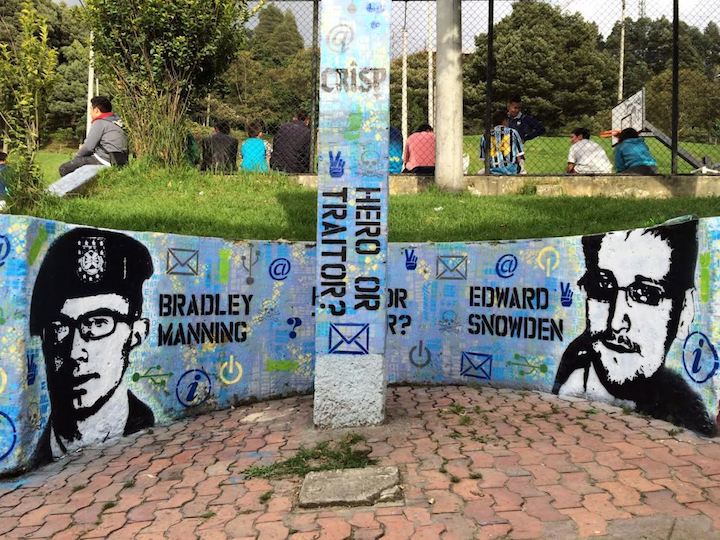
What do you see as the role of the artist in society?
To visually reflect a particular perspective of the history and culture of the times and place. The artist highlights a people’s social and political values in a way that’s aesthetically expressive and open to different interpretations.
What about the photographers and bloggers? How do you feel about them?
Urban art is continuously evolving, changing and disappearing. It’s important that it’s documented as eventually it won’t exist. And as I mentioned before, it helps people discover and learn about scenes and artists they wouldn’t generally access.
What’s ahead?
I want to keep painting and creating as much as possible. I want my work to keep evolving. I love combining my love of travel with street art, so I will keep mixing that up! My family and my art are the most important things in my life!
Interview by Lois Stavsky; photos 1, 2, 4 & 6 courtesy of the artist; photos 3 and 5 in Williamsburg, Brooklyn by Lois Stavsky
